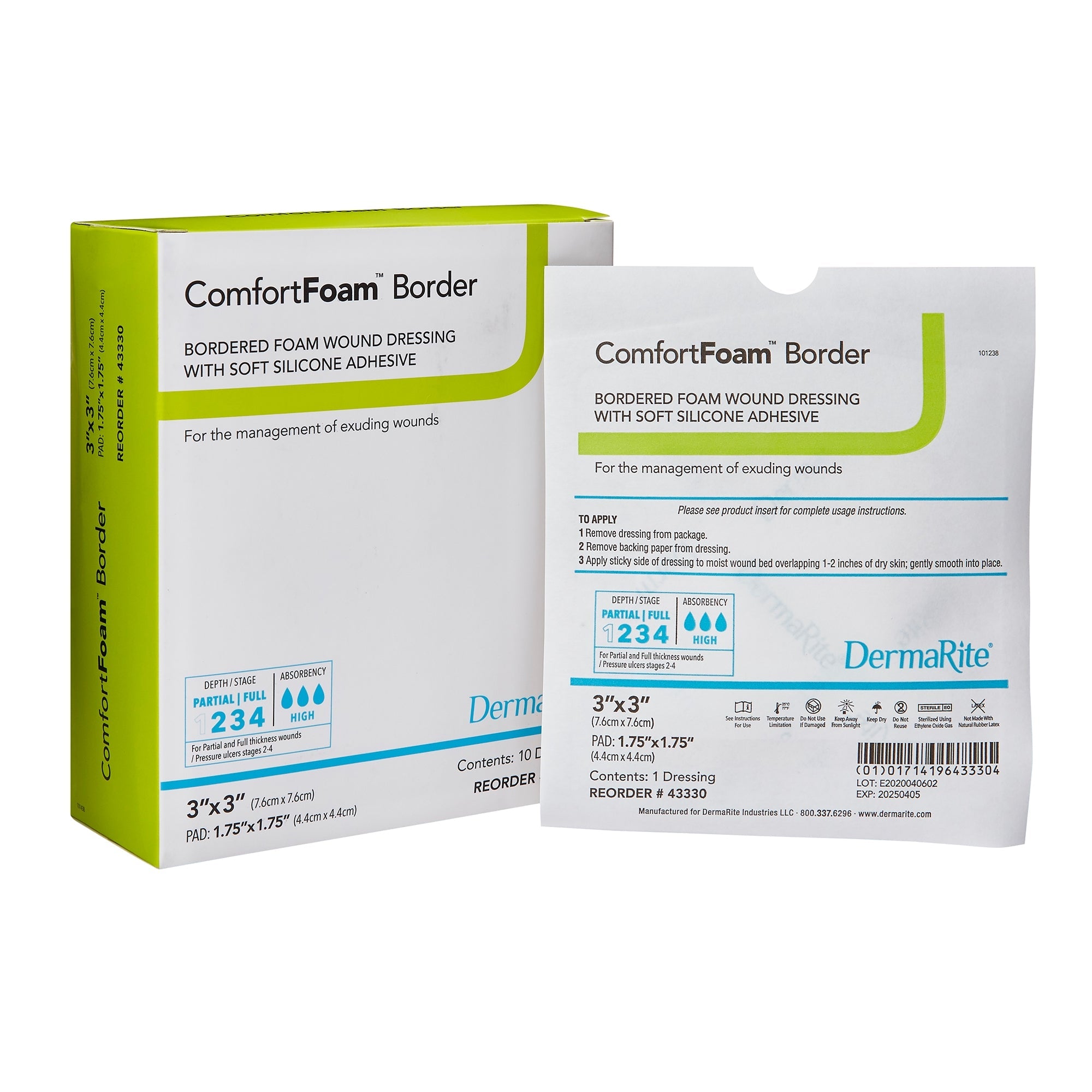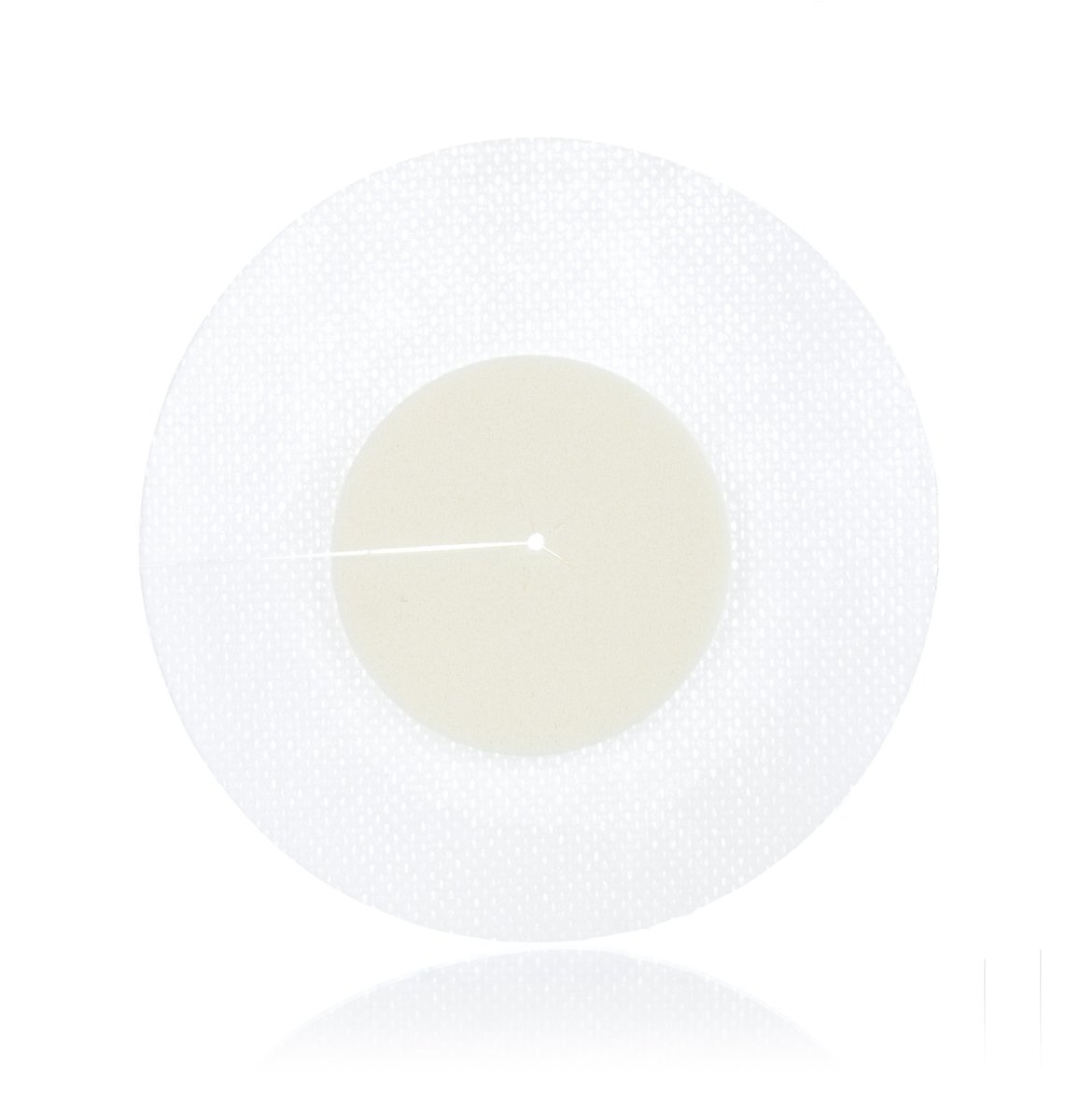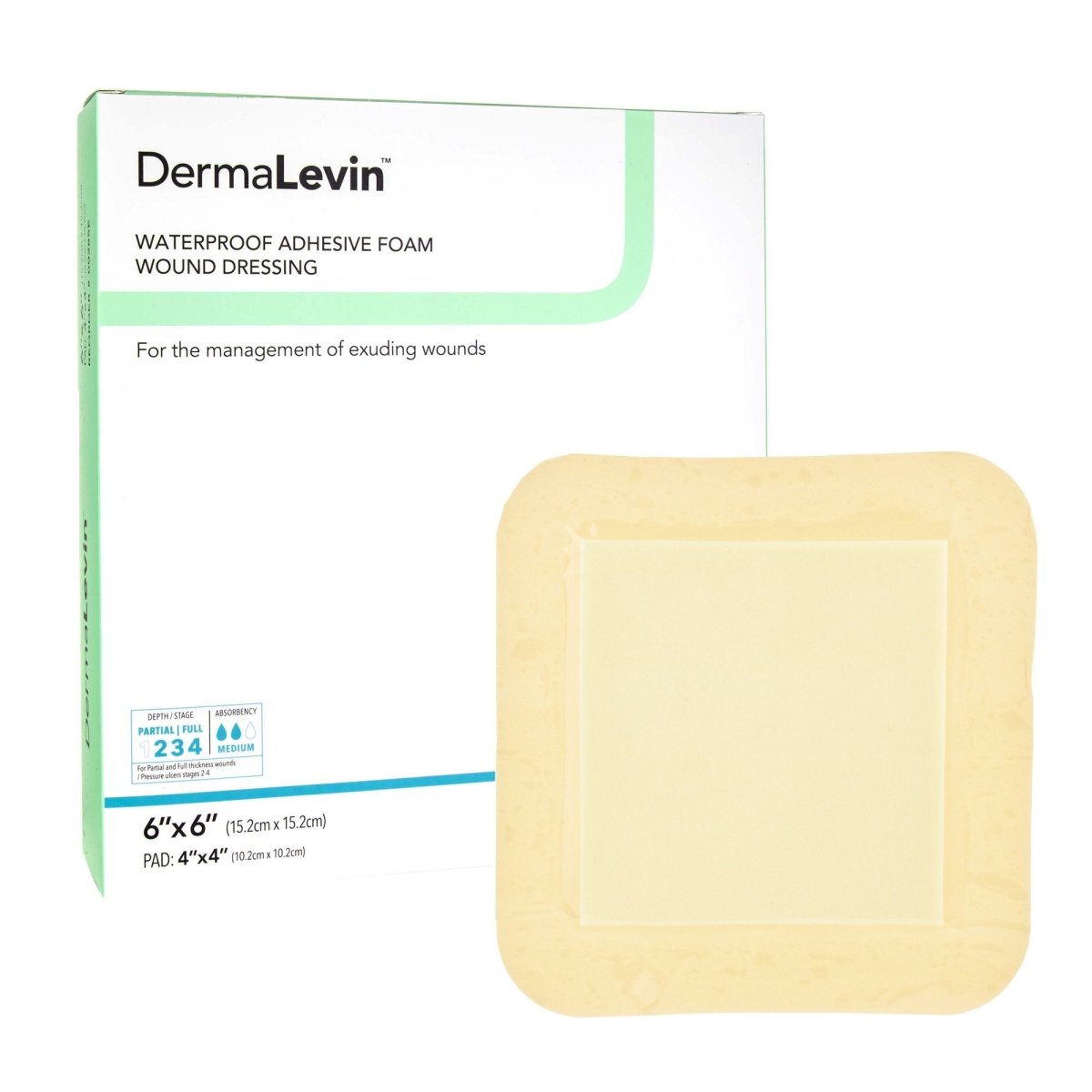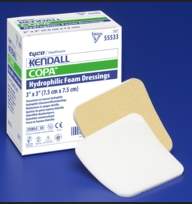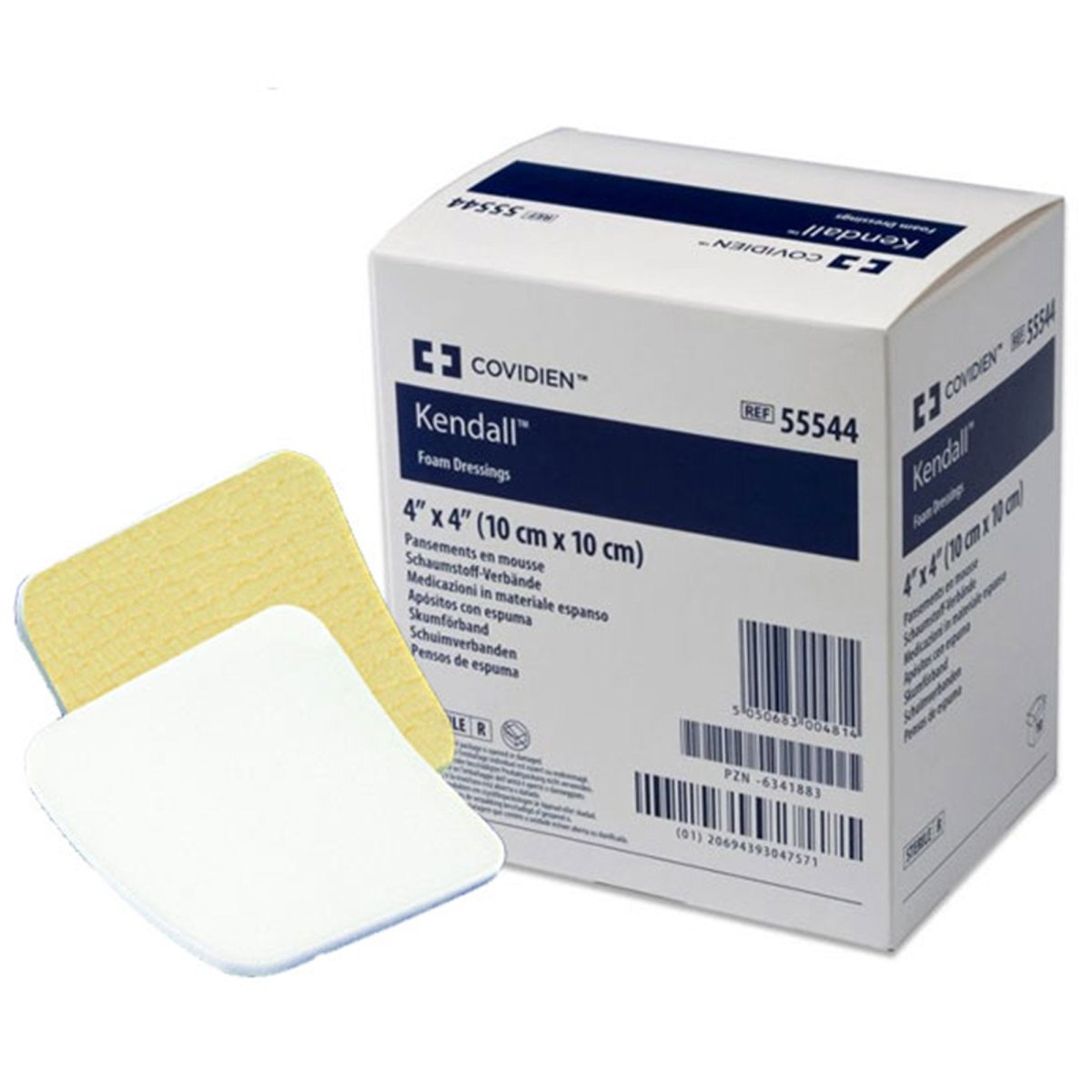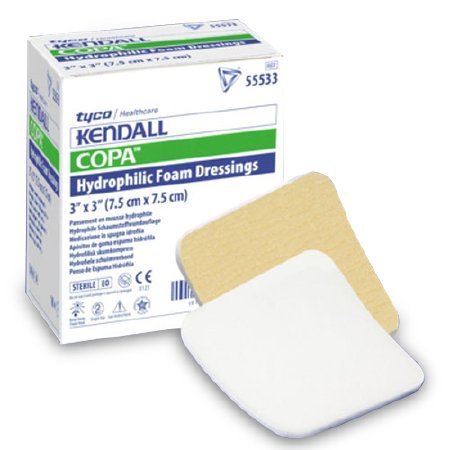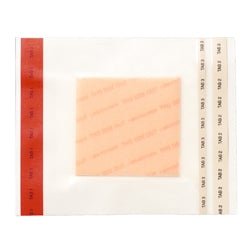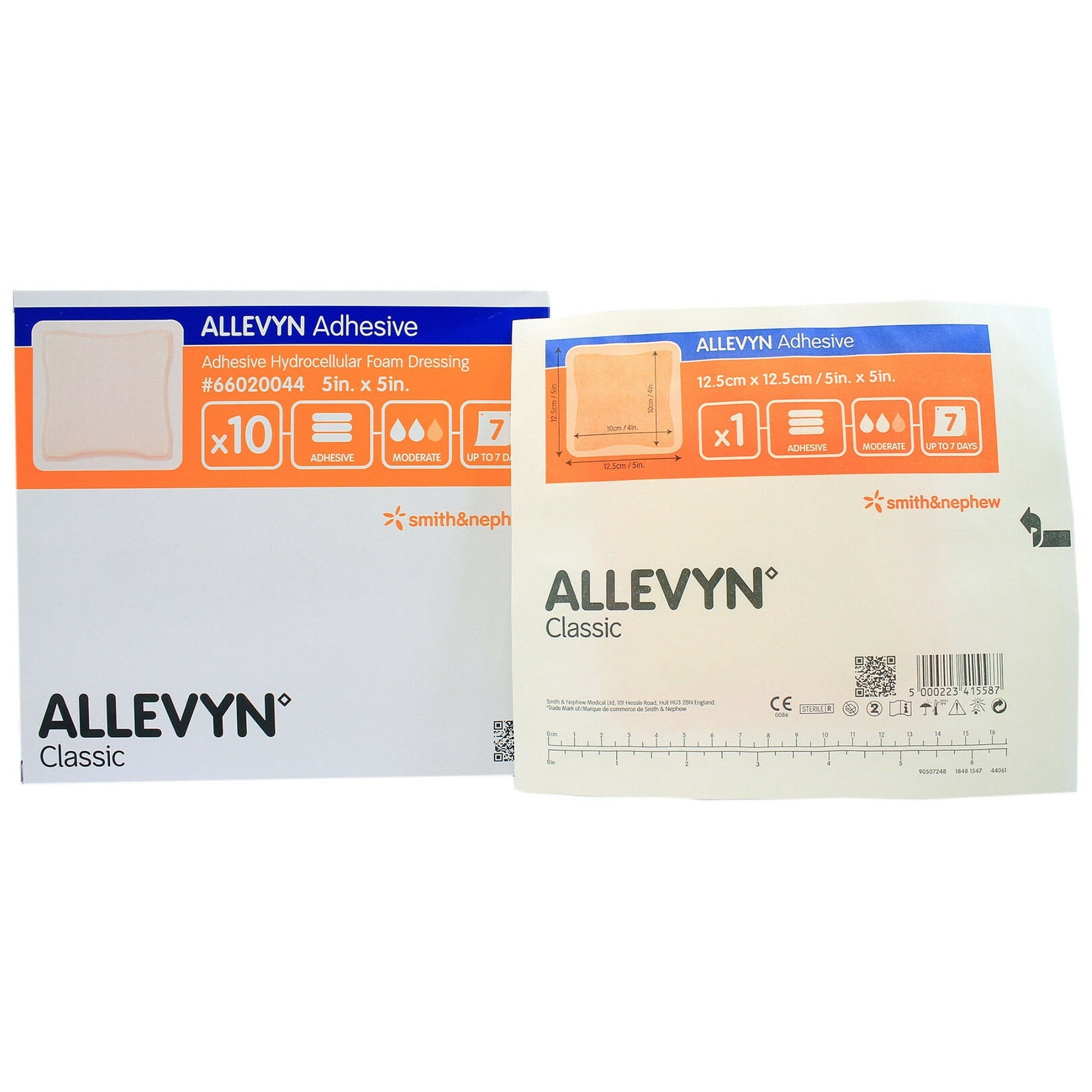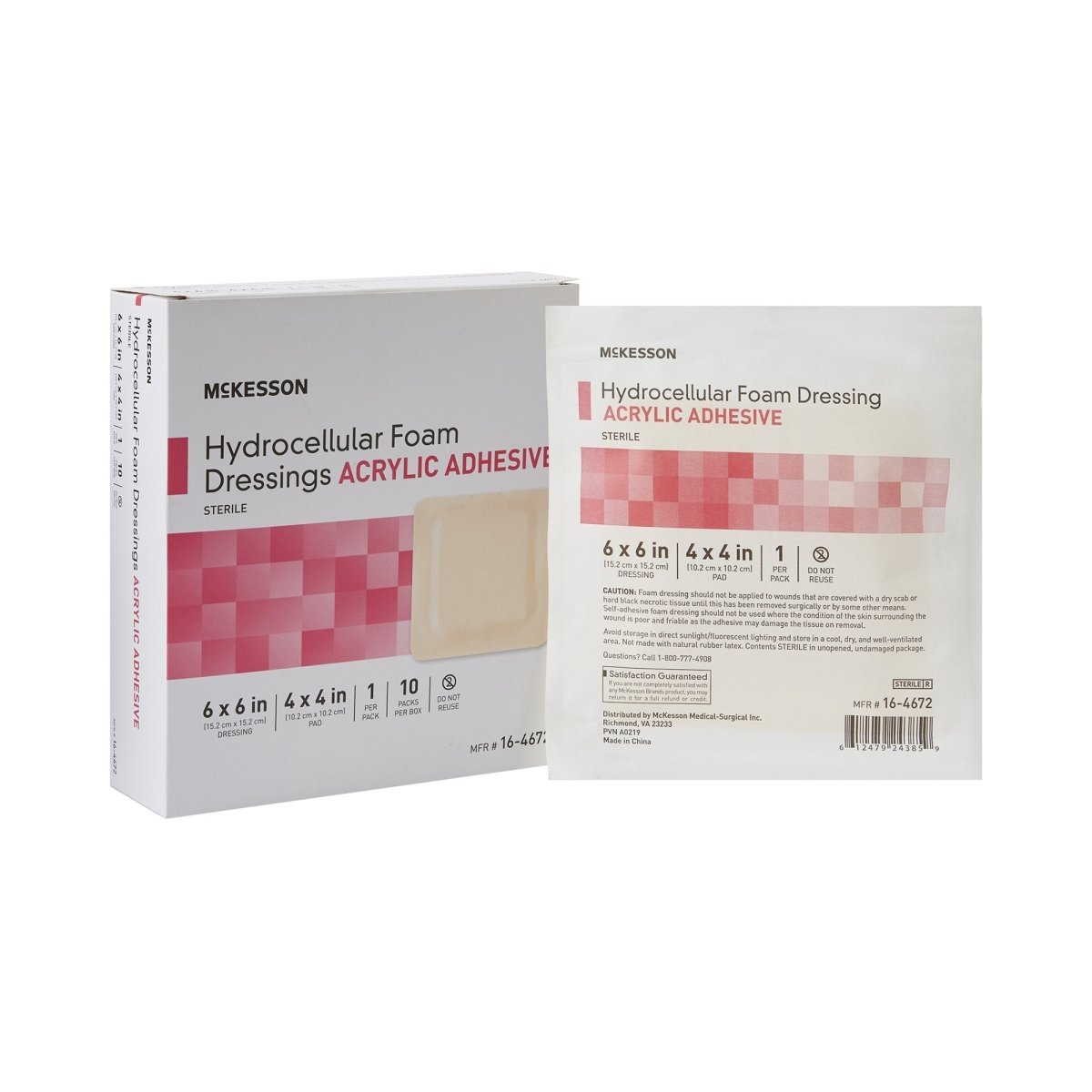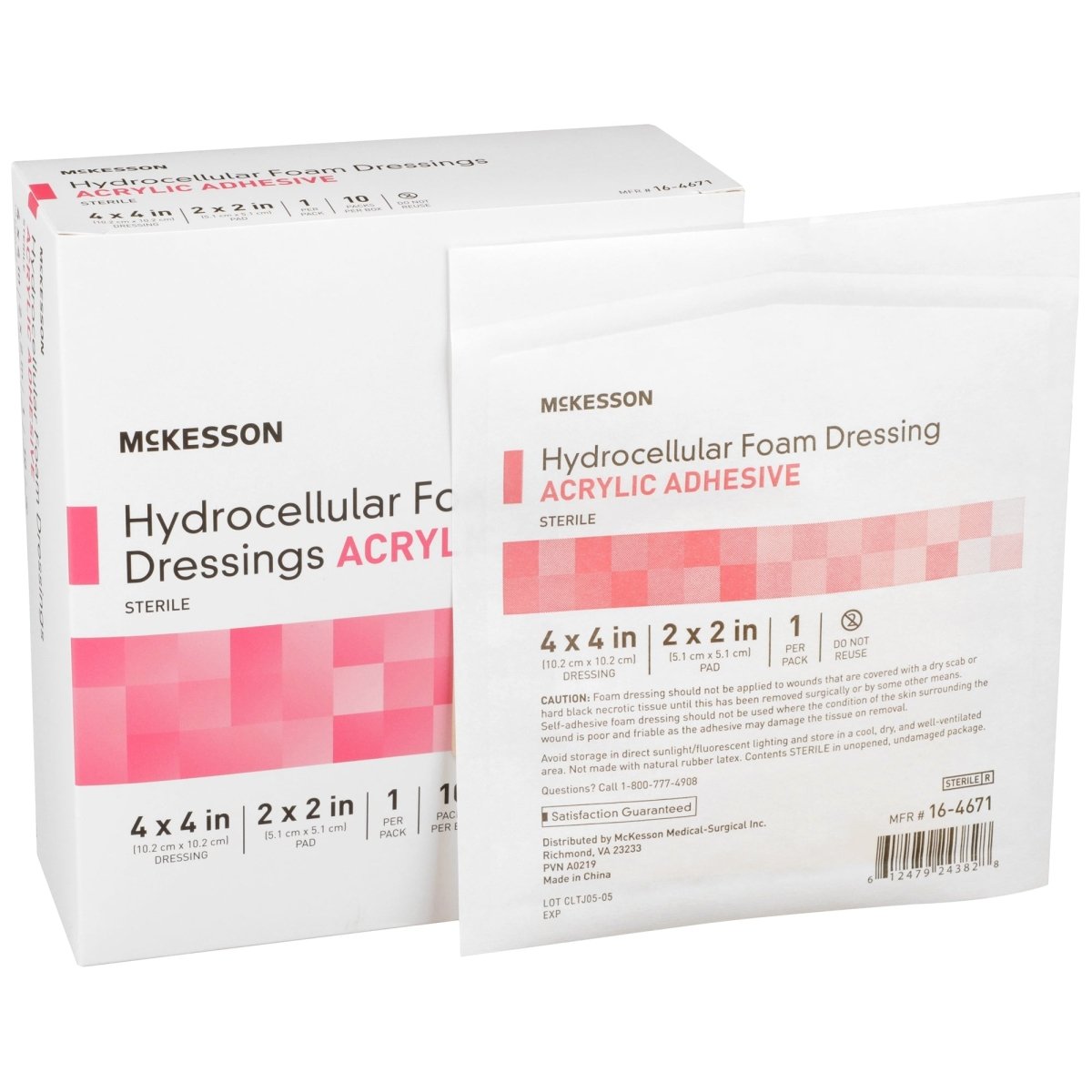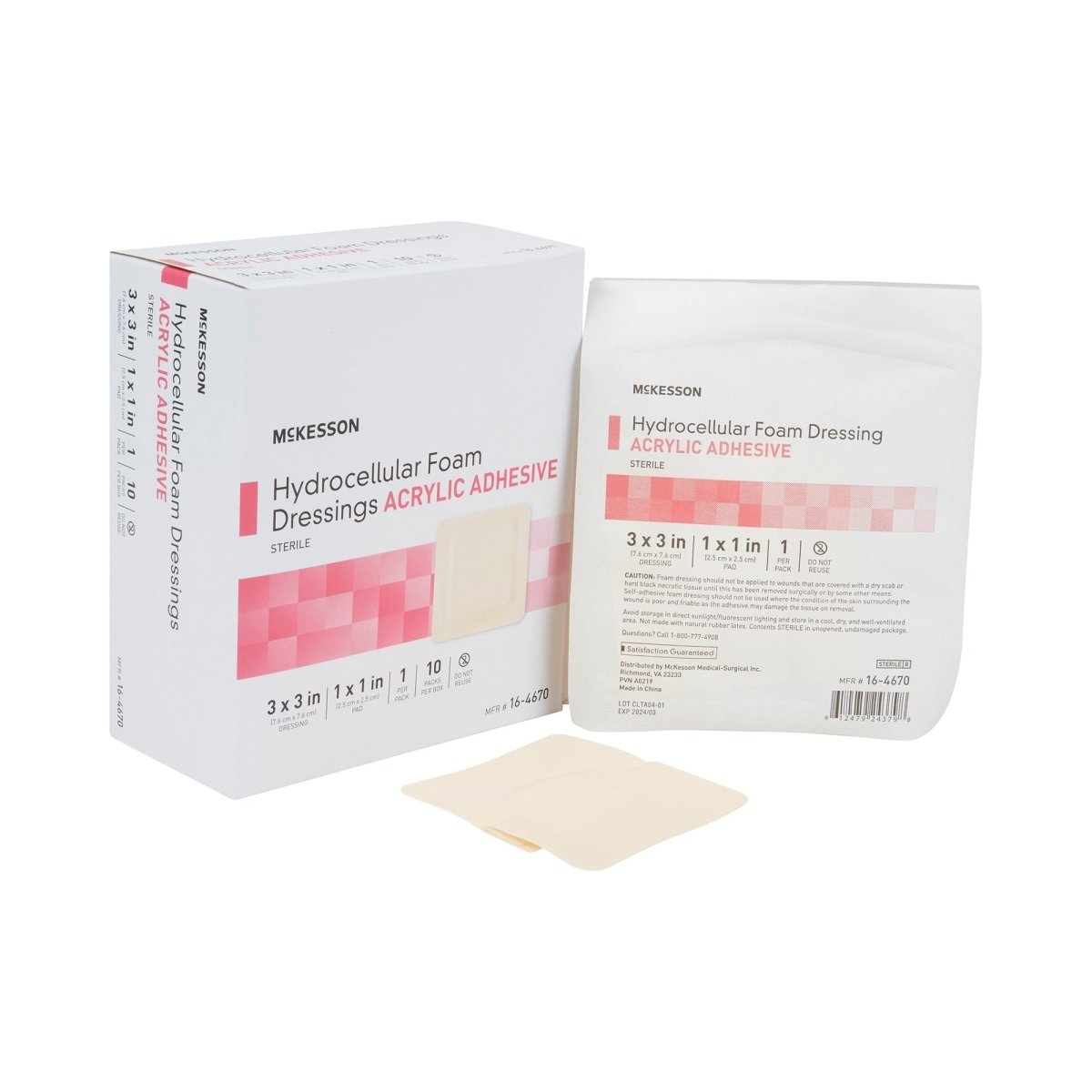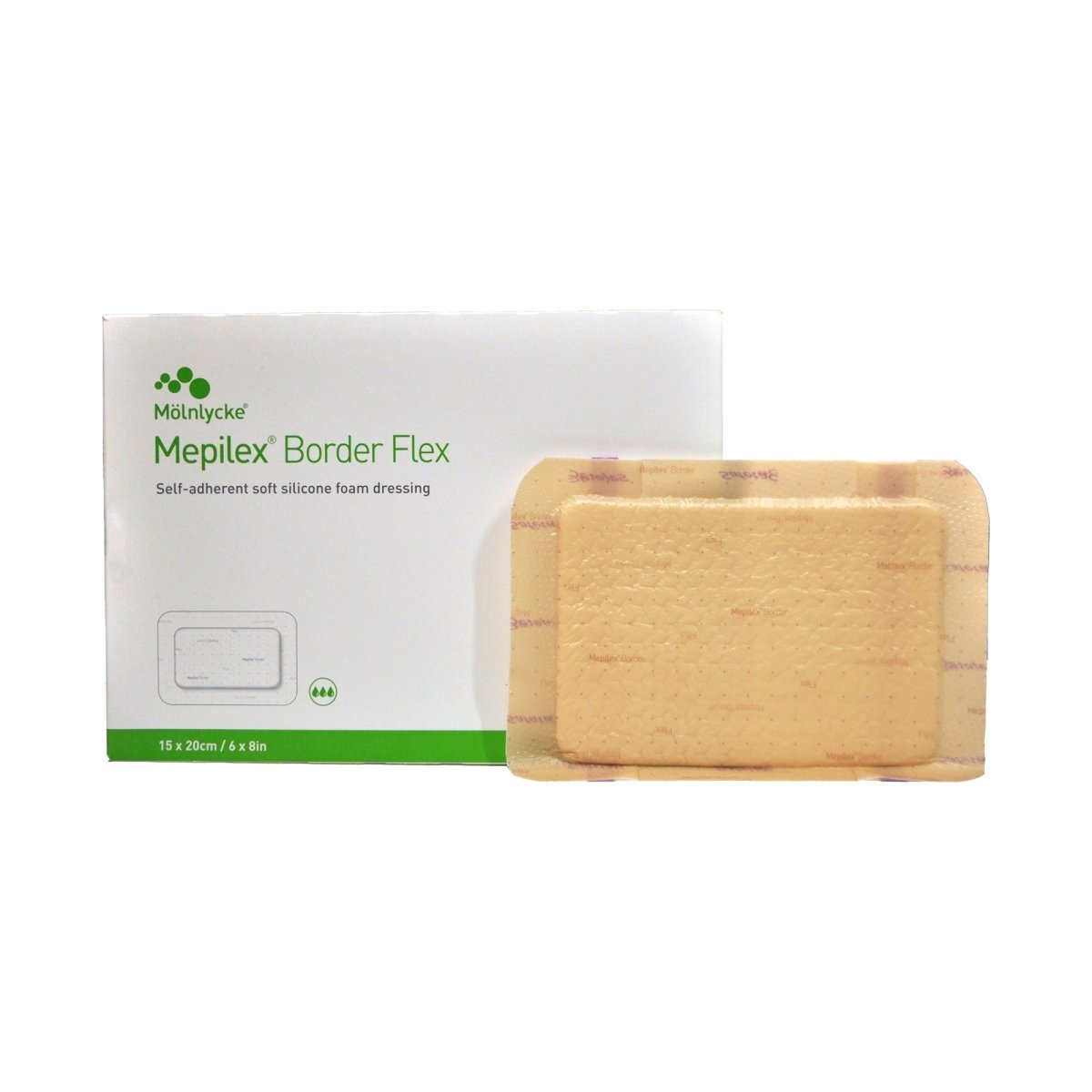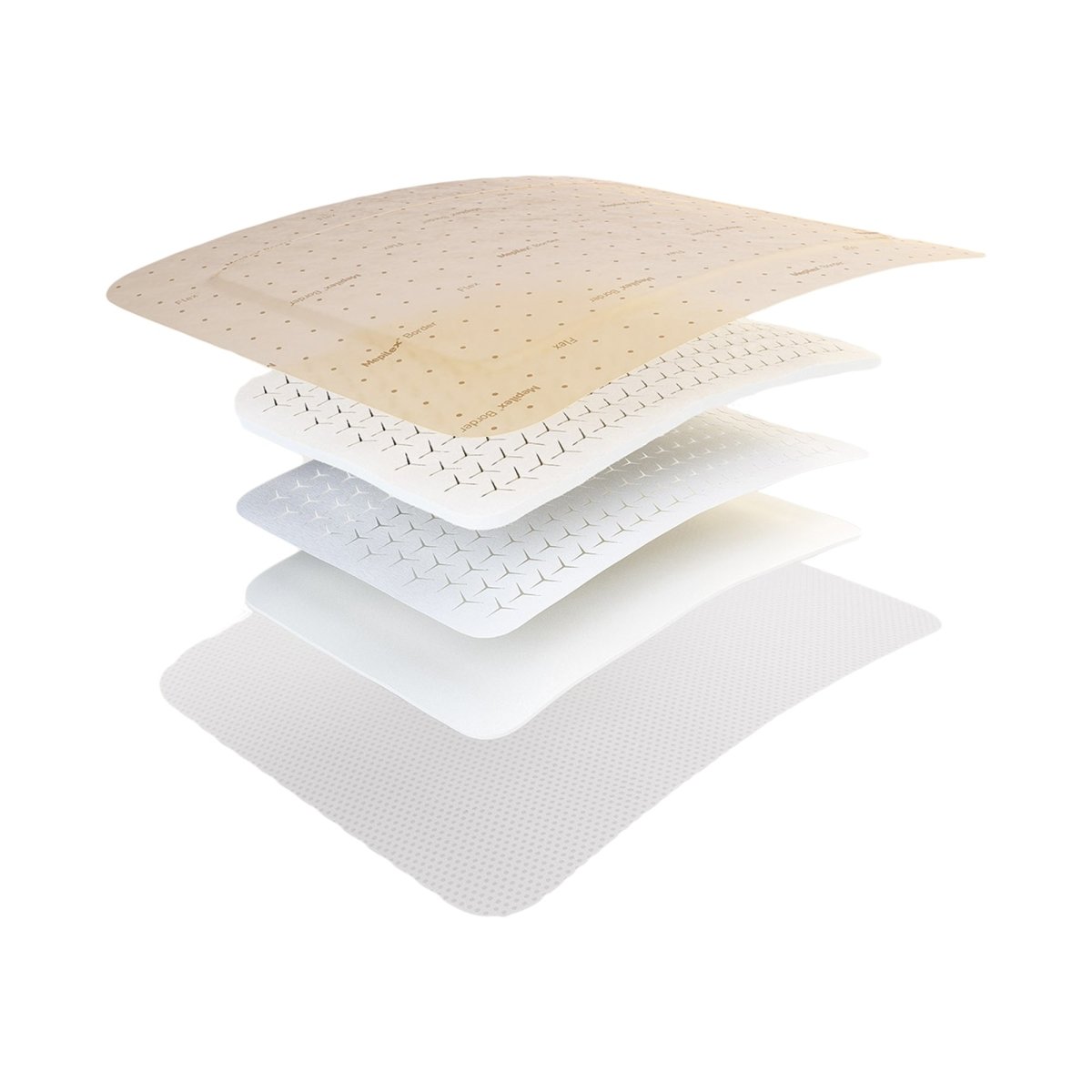Shop our Selection of Adhesive Wound Care Dressings
Adhesive dressings are an important part of the healing process for many types of wounds. They provide a protective barrier to keep the wound clean and free from infection, while also helping to promote healing.
Here are some of the benefits of using adhesive wound care dressings:
- Protects the wound from dirt and bacteria
- Helps to keep the wound moist and promote healing
- Reduces pain and discomfort associated with the wound
- Prevents further damage to the skin surrounding the wound
- Provides a secure seal that helps to keep out contaminants
Adhesive wound dressings come in a variety of shapes, sizes, and materials. They can be used on any type of wound, including cuts, scrapes, burns, and ulcers. When selecting an adhesive dressing, it's important to choose one that is appropriate for your specific type of wound. Your doctor or healthcare provider can help you determine which type of dressing is best for your wound care needs.
Frequently Asked Questions about Adhesive Dressings
Do you still have questions about Adhesive Dressings?
If we still haven't answered your question, you can contact us by phone or email and we will get back to you as soon as possible.


